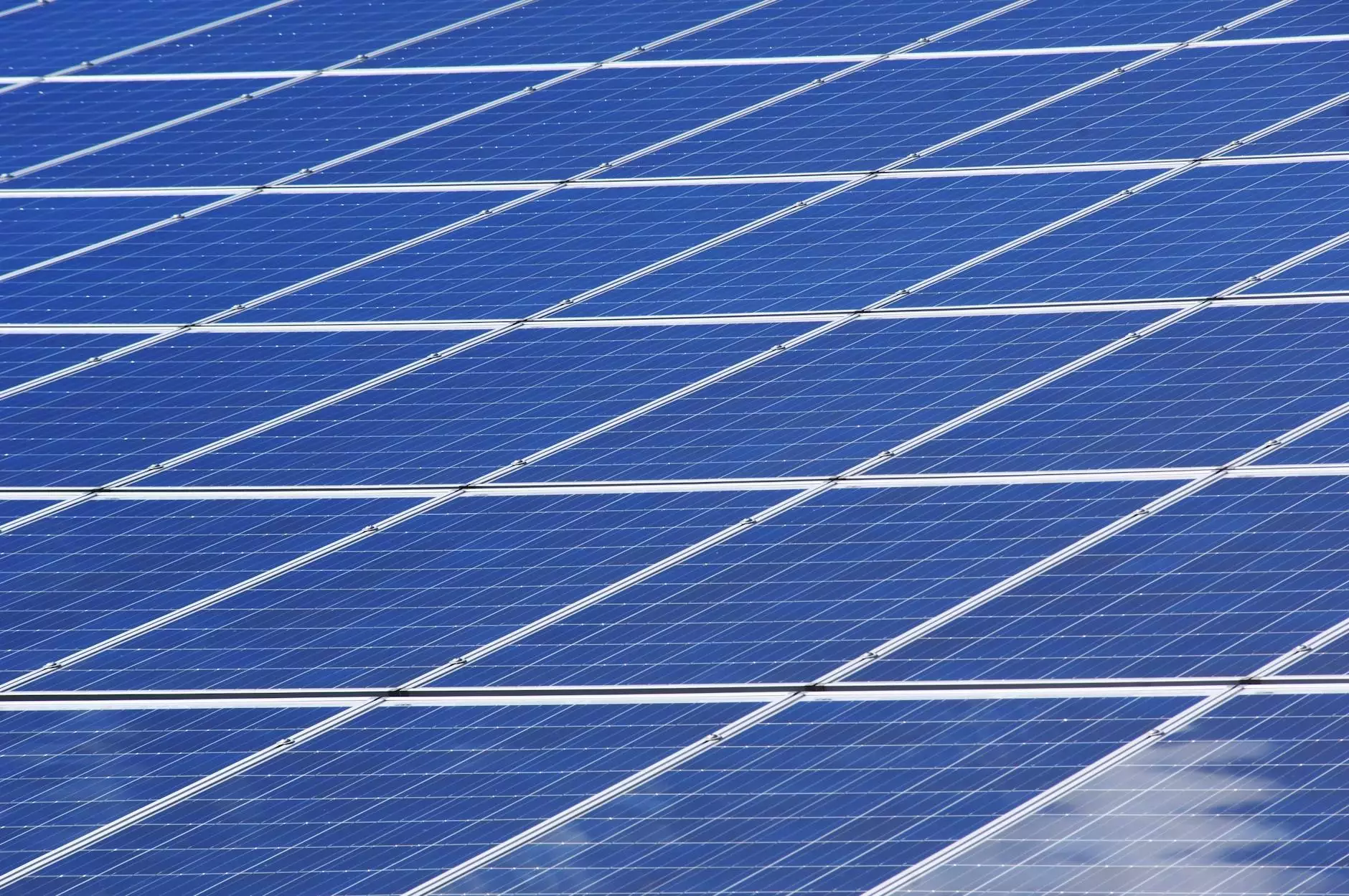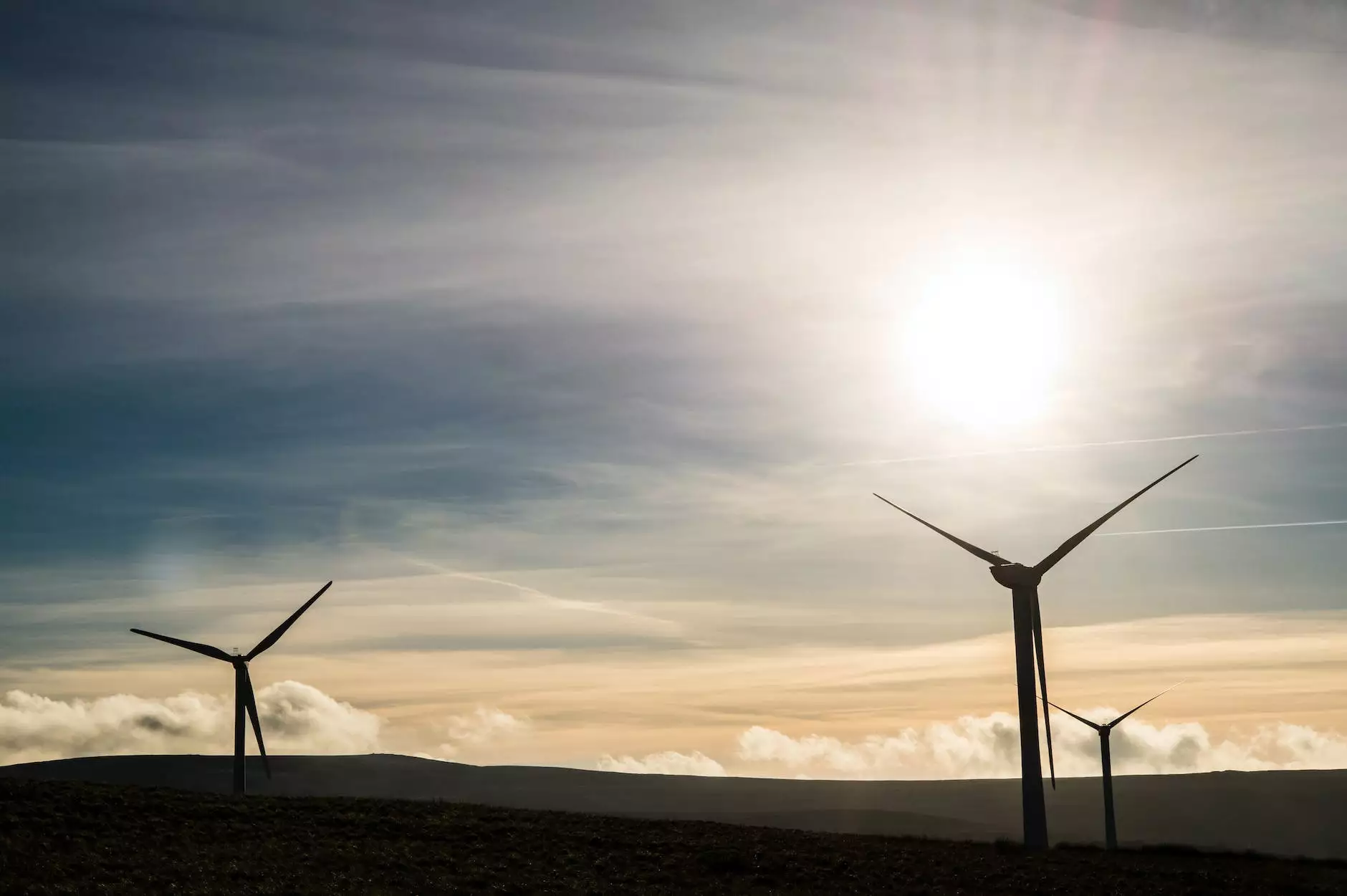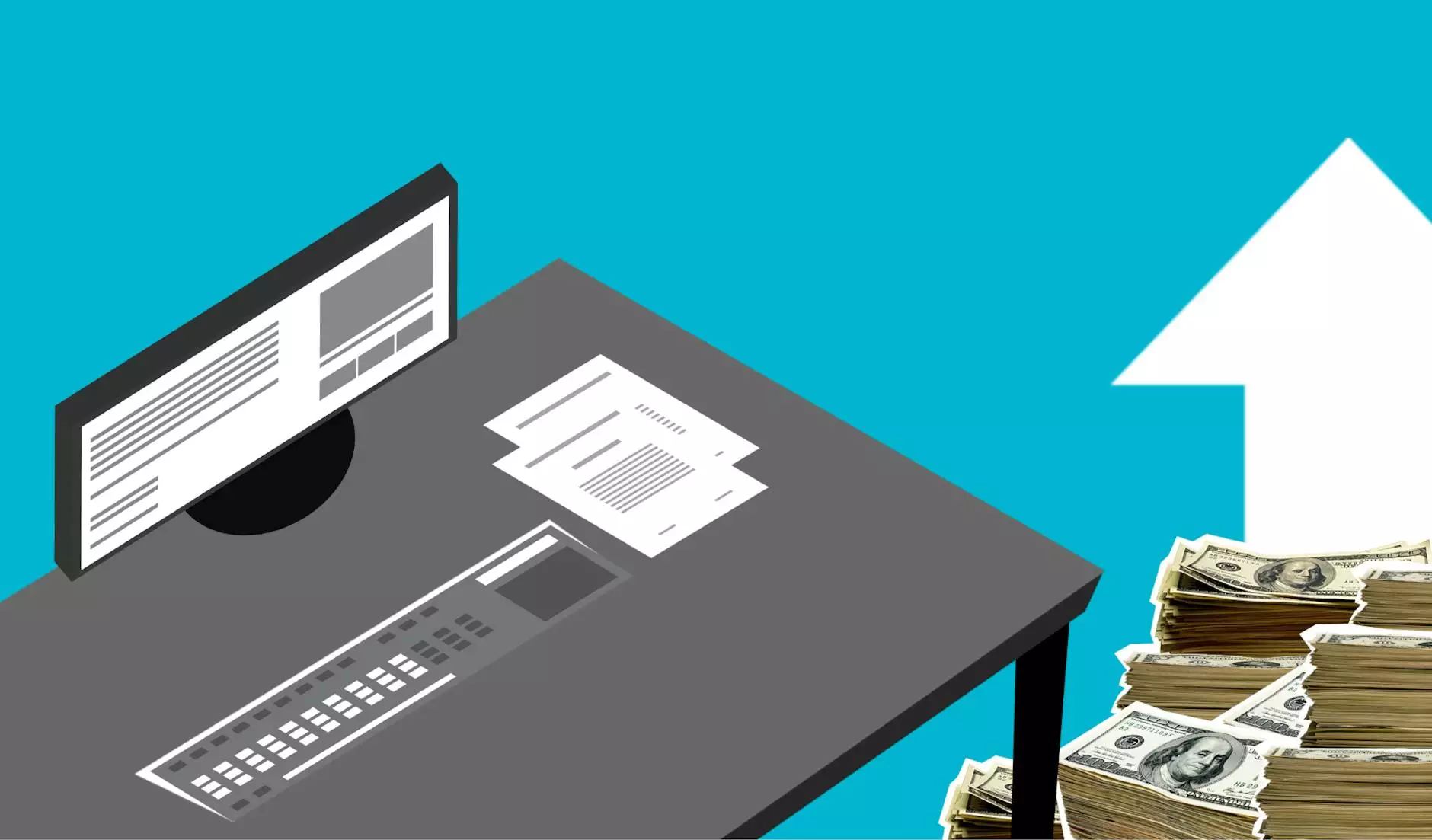Design an Energy Efficient Home Office
News Articles
Welcome to Barrett Propane Prescott's guide on designing an energy efficient home office. In today's digital world, more and more people are working remotely and setting up their own home offices. With the rising concern for environmental sustainability, it is important to create a workspace that not only boosts productivity but also reduces energy consumption. In this comprehensive guide, we will walk you through various tips and tricks to help you design an energy efficient home office that aligns with your needs and contributes to a greener future.
1. Location and Lighting
Choosing the right location for your home office plays a crucial role in optimizing energy efficiency. Consider setting up your workspace near a window to make the most of natural light during daytime hours. This not only reduces the need for artificial lighting but also provides a refreshing ambiance. However, ensure that your workspace is not directly exposed to direct sunlight to avoid glare on your screen.
2. Proper Insulation
An energy efficient home office requires proper insulation to regulate temperature and reduce heating or cooling needs. Ensure your office space is well-insulated to prevent energy wastage. Insulating walls, windows, and doors can help maintain a comfortable temperature, resulting in lower energy consumption.
3. Efficient Electronics
Investing in energy-efficient electronics is essential for an eco-friendly workspace. Opt for computers, printers, and other office equipment with Energy Star ratings. These devices are designed to consume less energy without compromising on performance. Use power-saving settings and consider unplugging devices when not in use to minimize phantom energy consumption.
4. Smart Power Management
To further optimize energy consumption, utilize smart power management techniques. Install power strips with built-in timers or occupancy sensors to automatically switch off devices when not in use. This eliminates the hassle of manually turning them off and prevents standby power consumption.
5. Energy-Efficient Lighting
Lighting is a significant contributor to overall energy consumption in any workspace. Swap traditional incandescent bulbs with energy-efficient LED or CFL bulbs. These bulbs consume significantly less energy, last longer, and provide ample lighting for your home office. Utilize task lighting instead of relying solely on overhead lights to reduce unnecessary energy usage.
6. Proper Ventilation
Good ventilation is another essential aspect to consider when designing an energy efficient home office. Poor ventilation can lead to stuffiness and discomfort, driving you to rely more on air conditioning for temperature regulation. Ensure proper air circulation by opening windows, using ceiling or floor fans, or investing in an energy-efficient air purifier with adjustable fan speeds.
7. Ergonomic Furniture
Investing in ergonomic furniture not only improves your comfort but also contributes to energy efficiency. Comfortable seating and adjustable desks can help you maintain productivity by reducing the need to frequently adjust your posture. Choose furniture made from sustainable materials and opt for designs that promote proper posture and body alignment.
8. Energy Monitoring
Monitor your energy usage to identify potential areas for improvement. Use smart plugs or energy monitors to track the energy consumption of various devices in your home office. Analyze the data and make necessary adjustments to reduce unnecessary energy usage.
9. Green Decor and Indoor Plants
Add a touch of green to your energy efficient home office by incorporating indoor plants. Not only do plants improve indoor air quality, but they also create a calming and pleasant environment. Choose low-maintenance plants such as succulents or air-purifying plants to enhance your workspace aesthetics while contributing to a greener atmosphere.
By implementing these tips and tricks, you can design an energy efficient home office that is both environmentally friendly and conducive to your productivity. Prioritizing sustainable practices not only benefits the planet but also helps you save on energy costs in the long run. Start making a positive impact today and enjoy the benefits of an energy efficient workspace.










